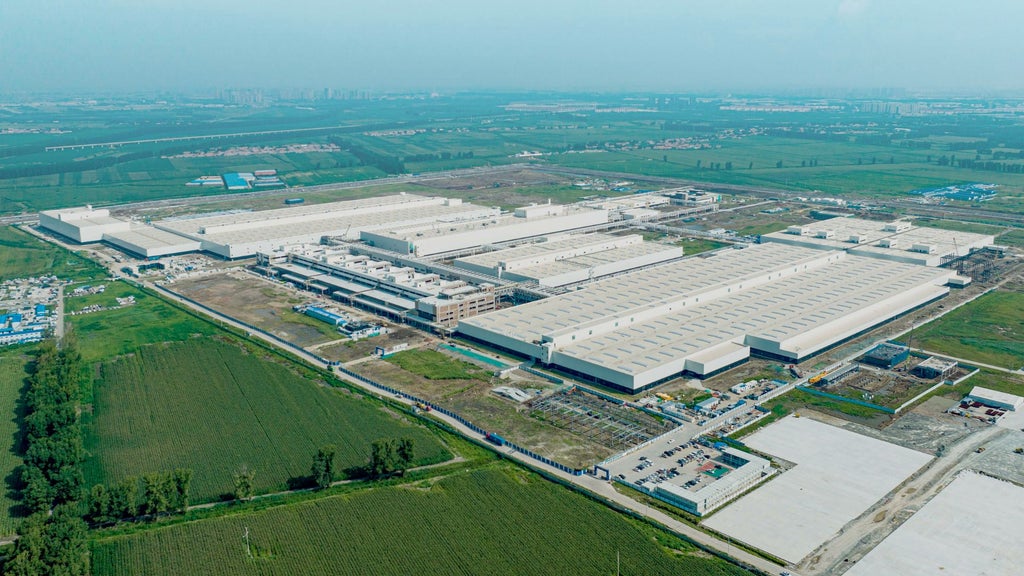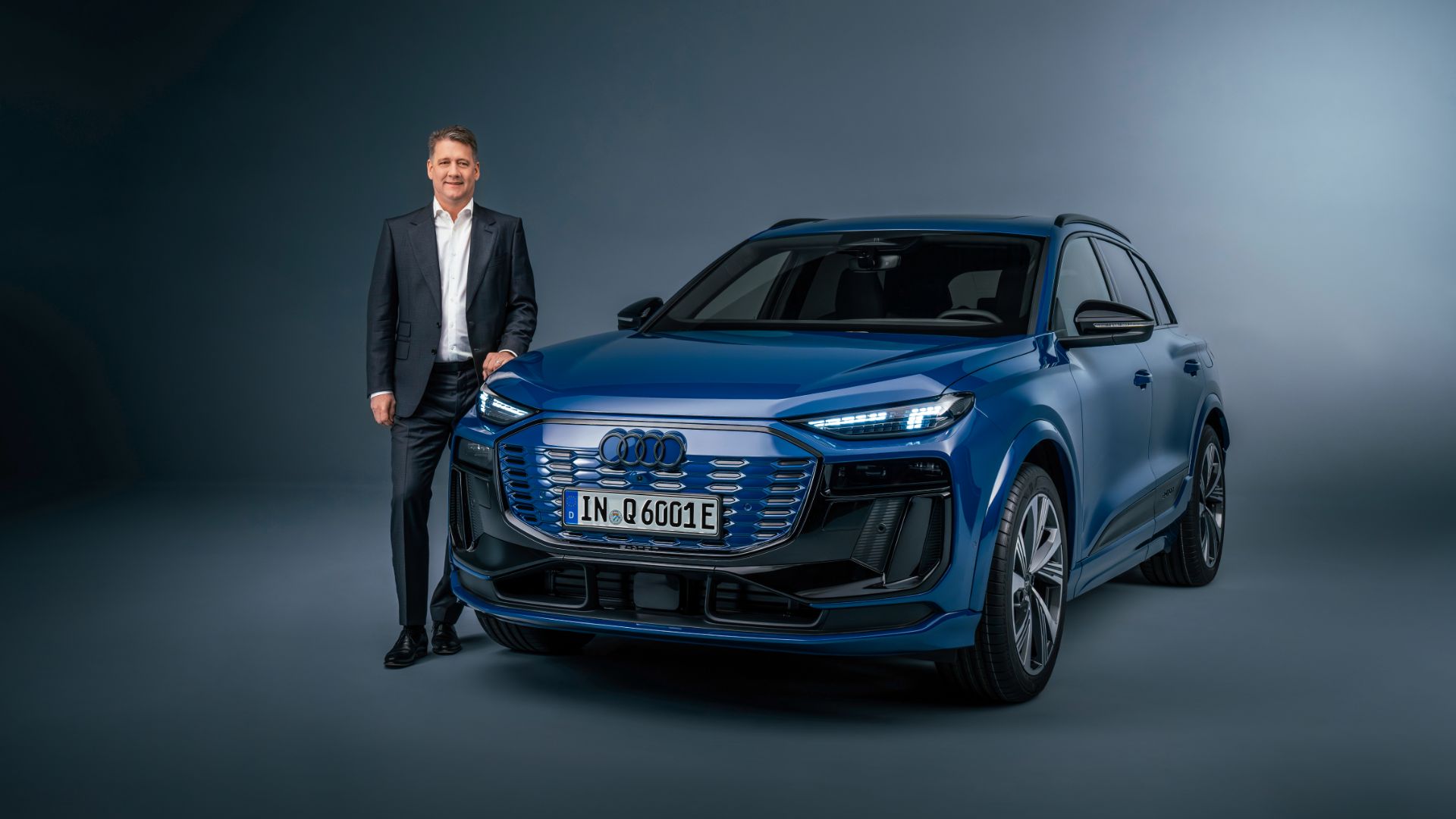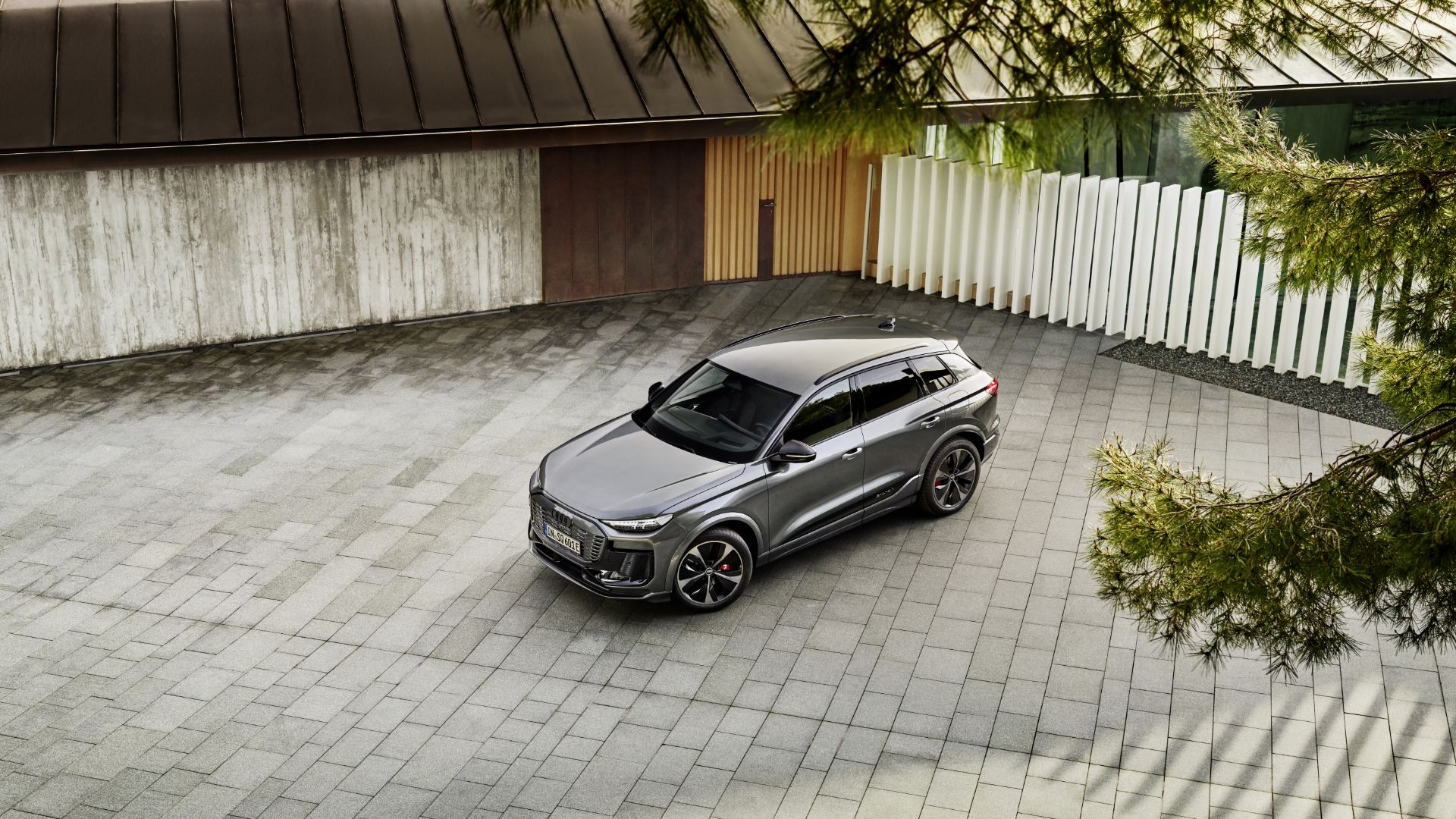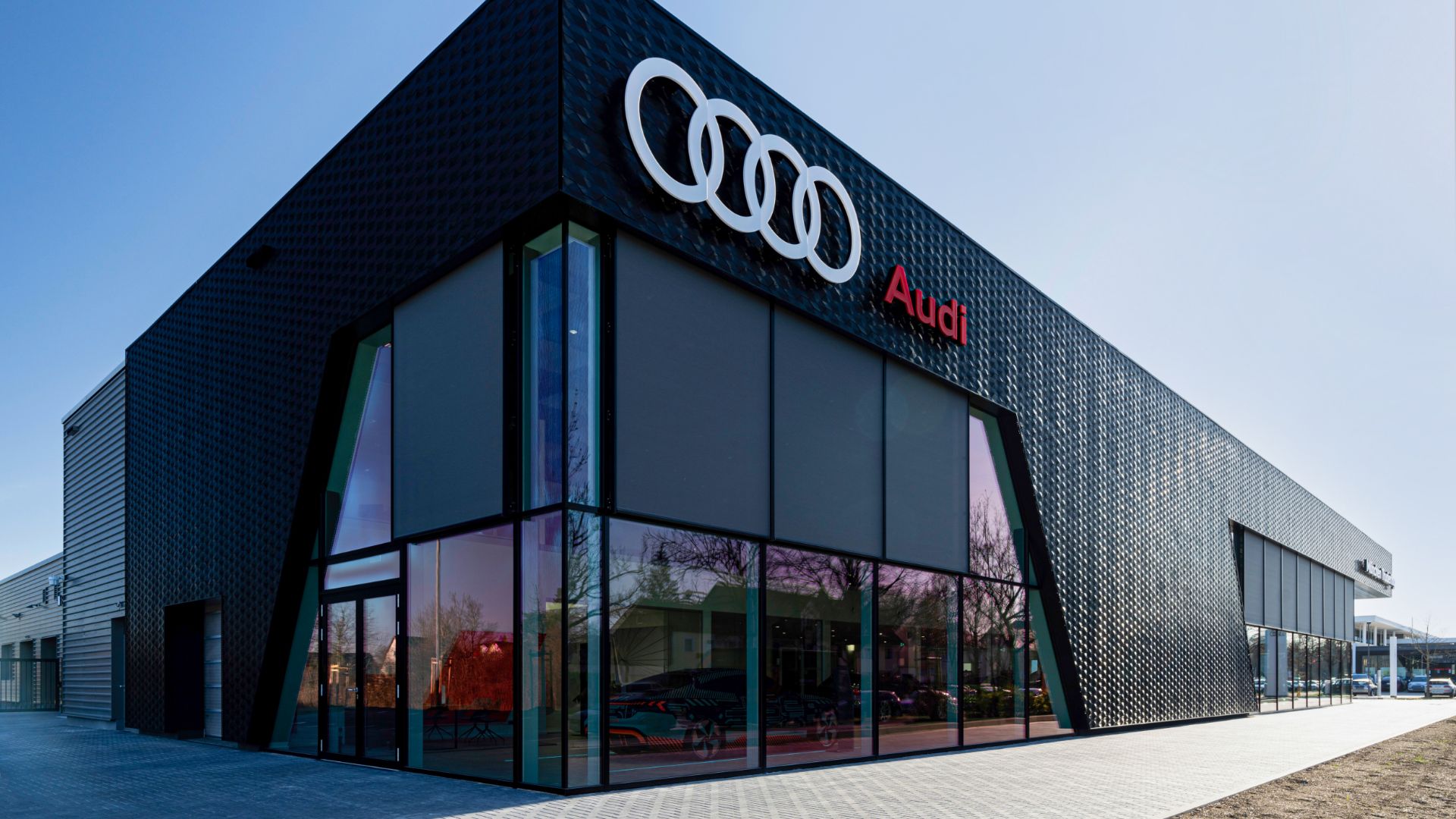Focus on China and North America
missing translation: fa.article-intro.reading-time – 03/19/2024

A long tradition: since 1988, the Four Rings have been a familiar sight on the streets of Chinese megacities. One model from the current portfolio is the Audi Q4 e‑tron.
A long tradition: since 1988, the Four Rings have been a familiar sight on the streets of Chinese megacities. One model from the current portfolio is the Audi Q4 e‑tron.
It is a matter of implementing the initiatives on the Audi Agenda around the world, though there is a specific strategy for each region, as Döllner reports. “Europe is our domestic market, which we want to expand and strengthen further. In China, where we have a long history of success, we are now also picking up speed in the electric age together with our joint venture partners. And we’re developing North America into a strong third pillar,” explains the Audi CEO.
Audi realigns its business in China
The partnership with the Chinese automotive group First Automotive Works (FAW) dates all the way back to 1988. Audi was thus the first foreign premium manufacturer in the Chinese market and also the first to adapt its product portfolio to the specific needs of Chinese customers, for example, by launching Audi models with an extended wheelbase.
China is easily the largest single market for Audi. In 2023, the Four Rings delivered a total of 729,042 (2022: 642,548) vehicles in China – 13 percent more than in the previous year.
However, the company does not have time to rest on its laurels: the Chinese market is currently changing at breathtaking speed. In the space of just a few years, the country has become the most important driver of global electric mobility and in-car software – from connectivity to automated driving. These are fields of the future in which Chinese companies excel thanks to their innovative strength and good price-performance ratio. “We’re ready to face the new competition with confidence,” says CEO Gernot Döllner. “Our ambition is very clear: to be an important premium player in China for electric models too – just like we are with our combustion engine models.”
In pursuit of this goal, Audi is repositioning itself and substantially strengthening its business in the region. The two joint ventures FAW-Volkswagen (Changchun) and SAIC Volkswagen (Shanghai) are playing a key role in this process.
Together with FAW, Audi has laid the foundation for the local production of electric models based on the new PPE for the Chinese market. Construction of the factory of the joint venture Audi FAW NEV Company is proceeding according to plan. The factory is designed to produce more than 150,000 vehicles per year, with the first electric cars due to roll off the production line in late 2024. In the future, the plant will produce three models from the Audi A6 e-tron* and Audi Q6 e‑tron families for the Chinese market.

Poised for production: from late 2024, the new factory in Changchun (China) will manufacture more than 150,000 models of the Q6 e‑tron and A6 e‑tron¹ product lines per year for the local market.
Poised for production: from late 2024, the new factory in Changchun (China) will manufacture more than 150,000 models of the Q6 e‑tron and A6 e‑tron¹ product lines per year for the local market.
Audi is also intensifying its collaboration with joint venture partner SAIC. In essence, this will involve the joint development of an electric platform in order to rapidly expand the range of smart, fully connected electric cars on the market. The aim is to gain access to segments in which Audi is not yet active in China. “We have found SAIC to have a fast pace of development and attractive framework conditions, which is why we’re teaming up with our partner to develop and produce vehicles together,” says Döllner. “The new vehicles will combine the best of both worlds and have distinct Audi genes.”
Audi is strengthening its research and development activities in China outside of this initiative as well – with a view to launching market-specific models and technologies as quickly as possible. At the end of 2022, the development team at Audi China moved into a new Research & Development Center in Beijing, which houses a design studio, a laboratory for electronics development and pre-development workshops, among other things. The focus is on technologies such as smart cockpits, driver assist systems, automated driving systems and connectivity solutions tailored to Chinese customers. In addition, Audi is leveraging synergies within the Volkswagen Group in China, working closely with the Group-wide research hub CARIAD.
In particular in the areas of connectivity and infotainment, Audi is expanding its cooperation with local tech companies and start-ups. For example, the company is working with Tencent in order to integrate WeChat into Audi models. Other well-known cooperation partners include Alibaba and Baidu.
“We want to strengthen North America as a third pillar alongside Europe and China.”
– Gernot Döllner, Chairman of the Board of Management of AUDI AG

North America to become the third strong pillar
Besides China, it is above all the US market that will drive global demand for premium cars for the foreseeable future. In 2023, Audi achieved a new record in the USA as deliveries rose by 22 percent to 228,550 (2022: 186,875) vehicles. Demand for fully electric models was particularly strong, with an increase of 55 percent to around 25,000 units.

Diverse drive systems: both combustion vehicles and electric models from Audi are very popular in the USA. In 2023, the Four Rings delivered 228,550 vehicles there. A popular model is the Audi RS 6 Avant.
Diverse drive systems: both combustion vehicles and electric models from Audi are very popular in the USA. In 2023, the Four Rings delivered 228,550 vehicles there. A popular model is the Audi RS 6 Avant.
While these are impressive figures, a comparison with the regions of Europe and China as well as a look at the competition clearly shows that Audi has by no means exhausted its potential in the USA and North America. “We want to strengthen North America as a third pillar alongside Europe and China – and in doing so also become more robust globally,” says Döllner.
The most important lever for this is an attractive product range that is tailored to the needs of the market. Referring to the numerous model launches in 2024 and 2025, Döllner says: “We are strengthening and rejuvenating our portfolio substantially, and that will also give us a boost in North America.” New electric models will play a key role, starting with the Audi Q6 e‑tron and the Audi A6 e-tron*.
In addition, there will be new, highly efficient combustion engine models and plug-in hybrids based on the Premium Platform Combustion (PPC), including the new Audi Q5*, whose third generation will be launched on markets from 2024. Its predecessor, produced at the San José Chiapa plant in Mexico since 2016, rolled off the production line some 175,000 times in 2023. Almost half of these vehicles were sold directly in the USA, making the premium SUV the most popular Audi model on the market in the year under review.
The Audi production facility in Mexico is thus an excellent example of successful localization: producing close to the end customer ensures lower costs for logistics, less currency fluctuation and more resilience – an increasingly important factor, especially against the backdrop of geopolitical crises and fragile global supply chains. There are also advantages in terms of customs duties: together with the USA and Canada, Mexico forms a North American free trade zone (USMCA: United States-Mexico-Canada Agreement).
“We’re underscoring our commitment to the region of North America and are currently looking into further localization options,” explains Döllner, referring to the potential for cooperation as part of the Volkswagen Group’s North America strategy – also in areas such as battery production and charging infrastructure. “The switch to BEVs presents a unique opportunity in North America,” says Döllner. And this opportunity must be seized systematically. “We’re working intensively to set the right strategic course in order to maximize our market penetration.”



